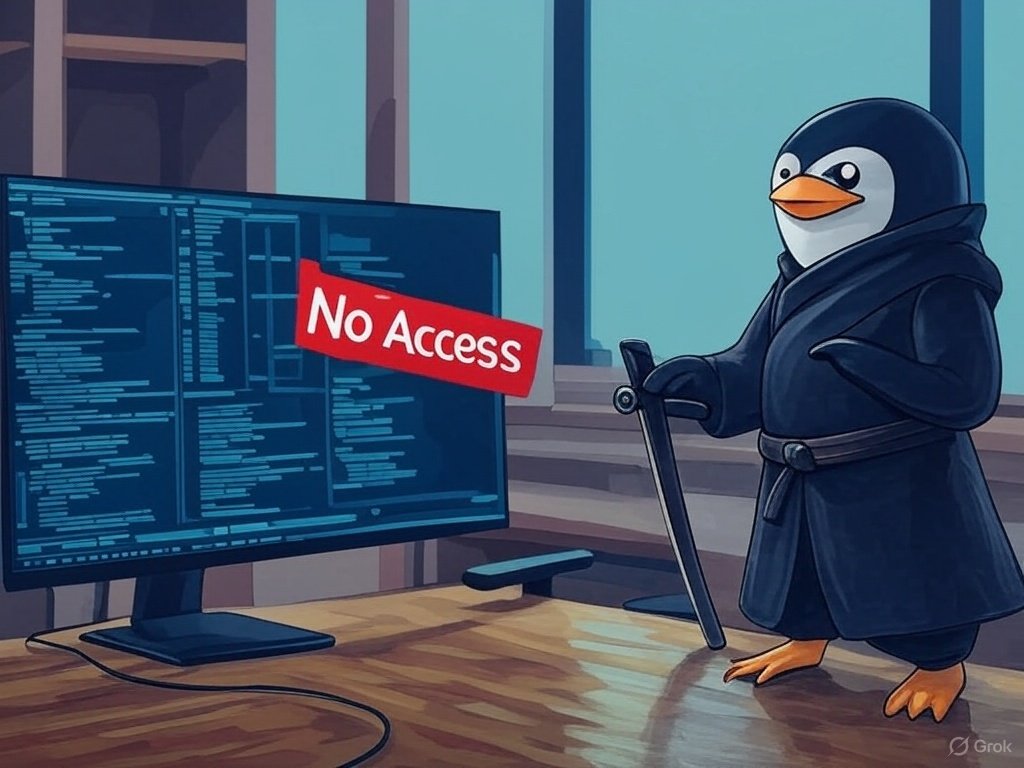
Secure Linux VPS: Your Essential Setup Guide
A secure Linux VPS is crucial for cybersecurity analysts, but a newly deployed system is vulnerable to attacks within seconds of going online. In this guide, we’ll walk you through the must-do tasks to configure a secure Linux VPS at first boot. From hardening SSH access to monitoring logs for brute force attempts, these steps will help protect your system from malicious actors. Learn how to safeguard your VPS and ensure it remains a reliable tool for your cybersecurity work.

